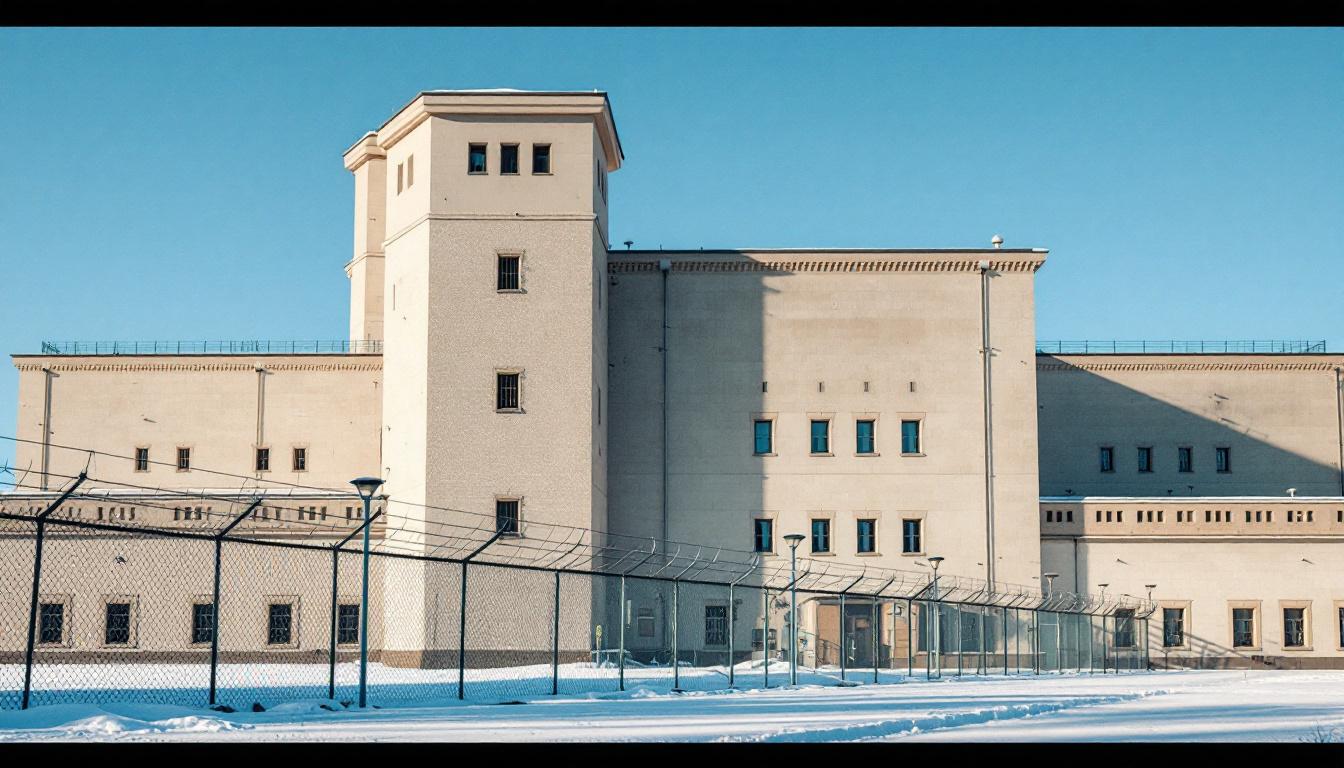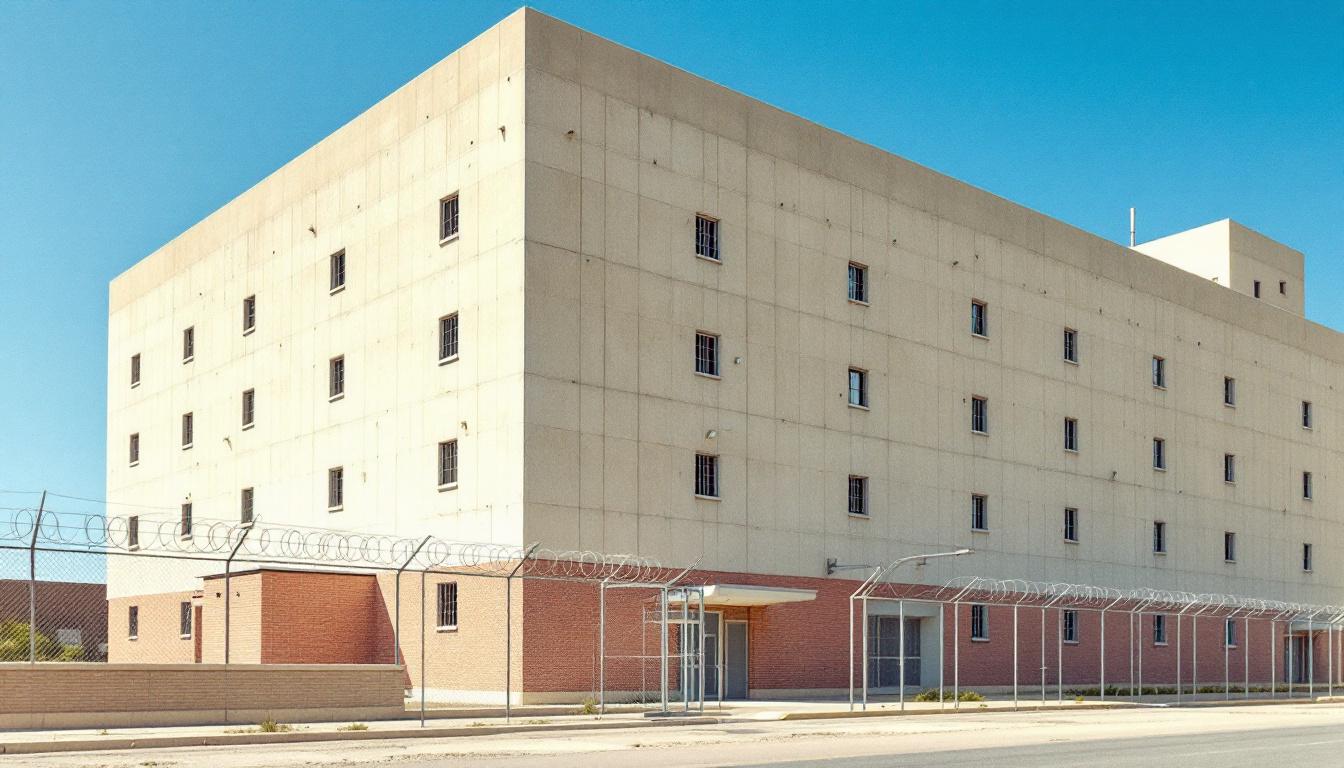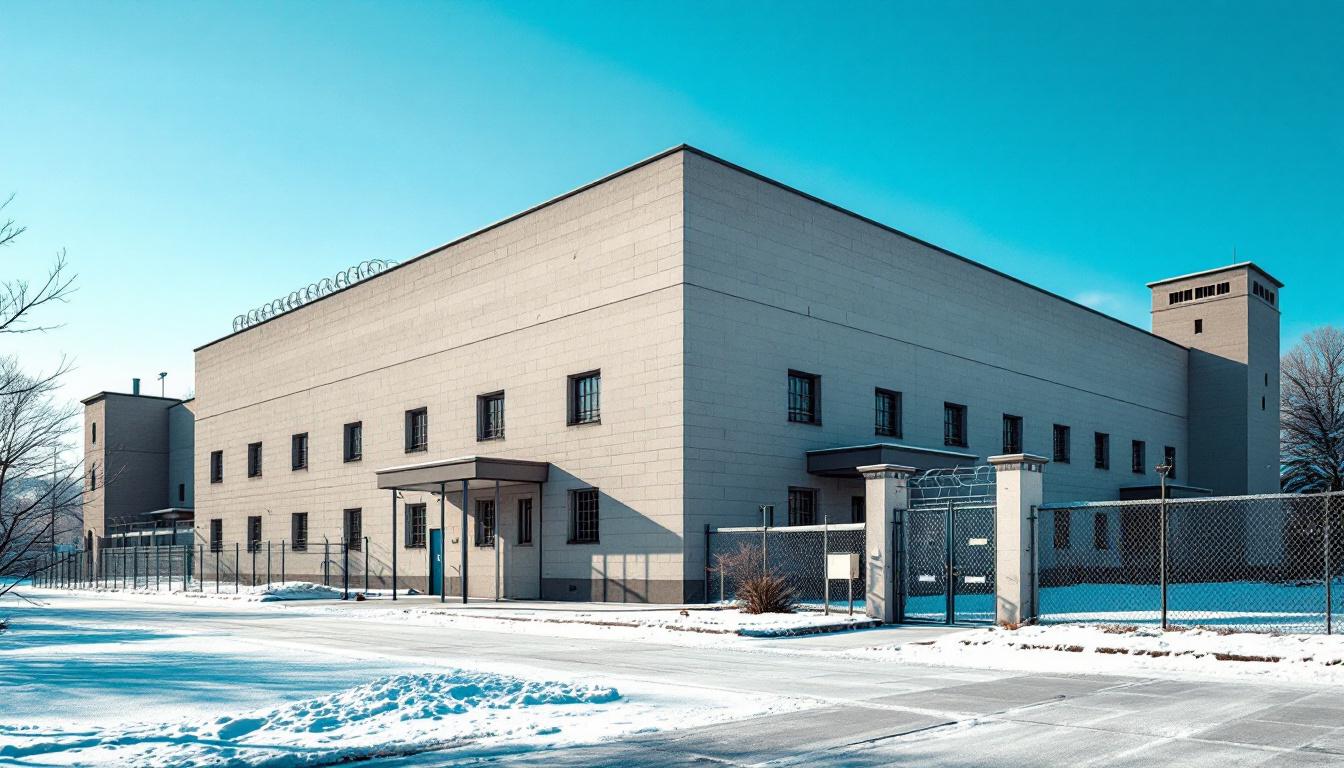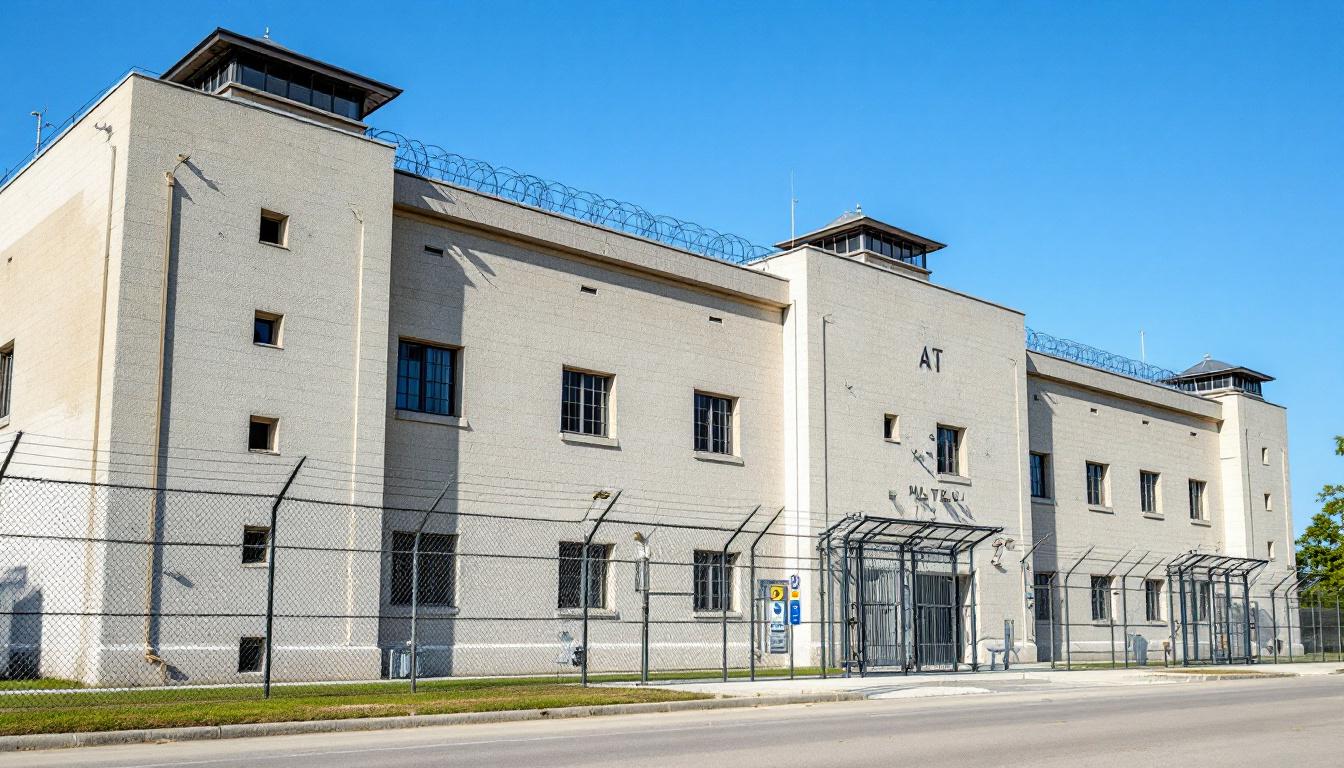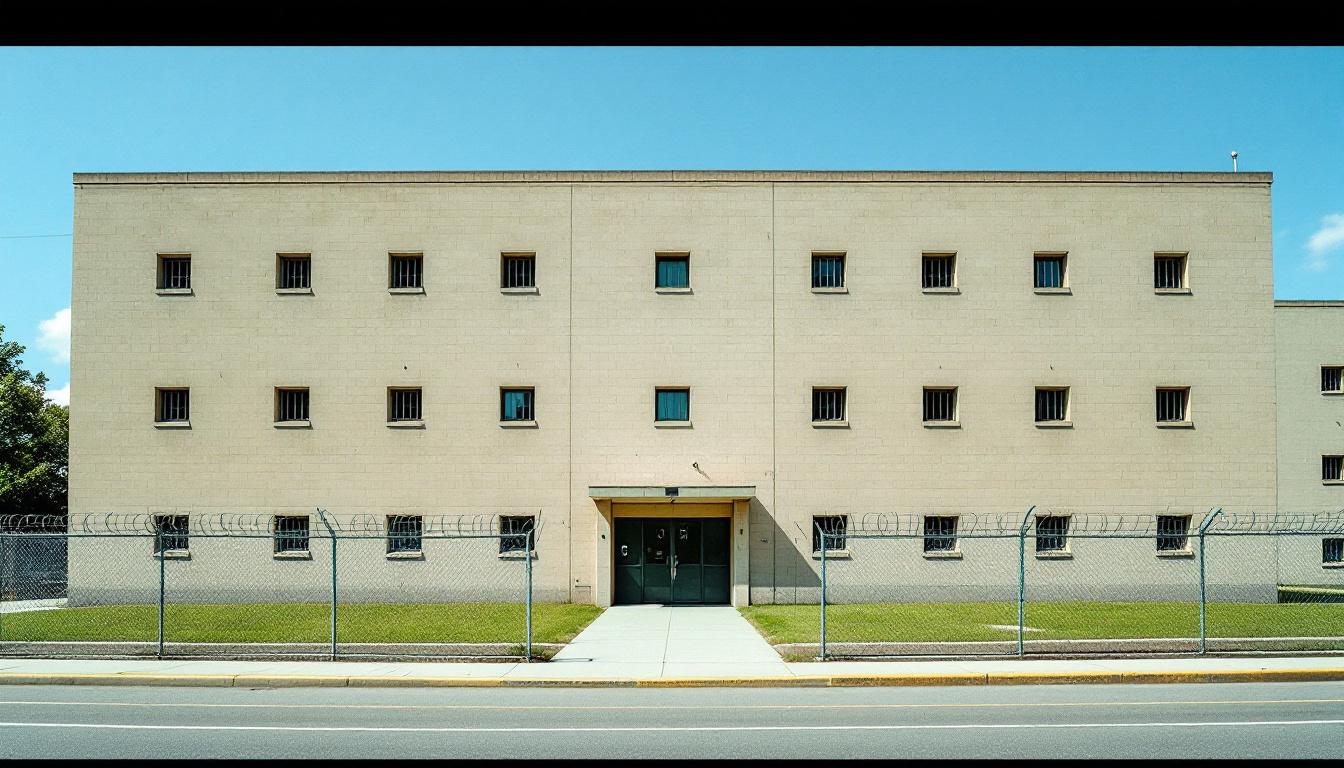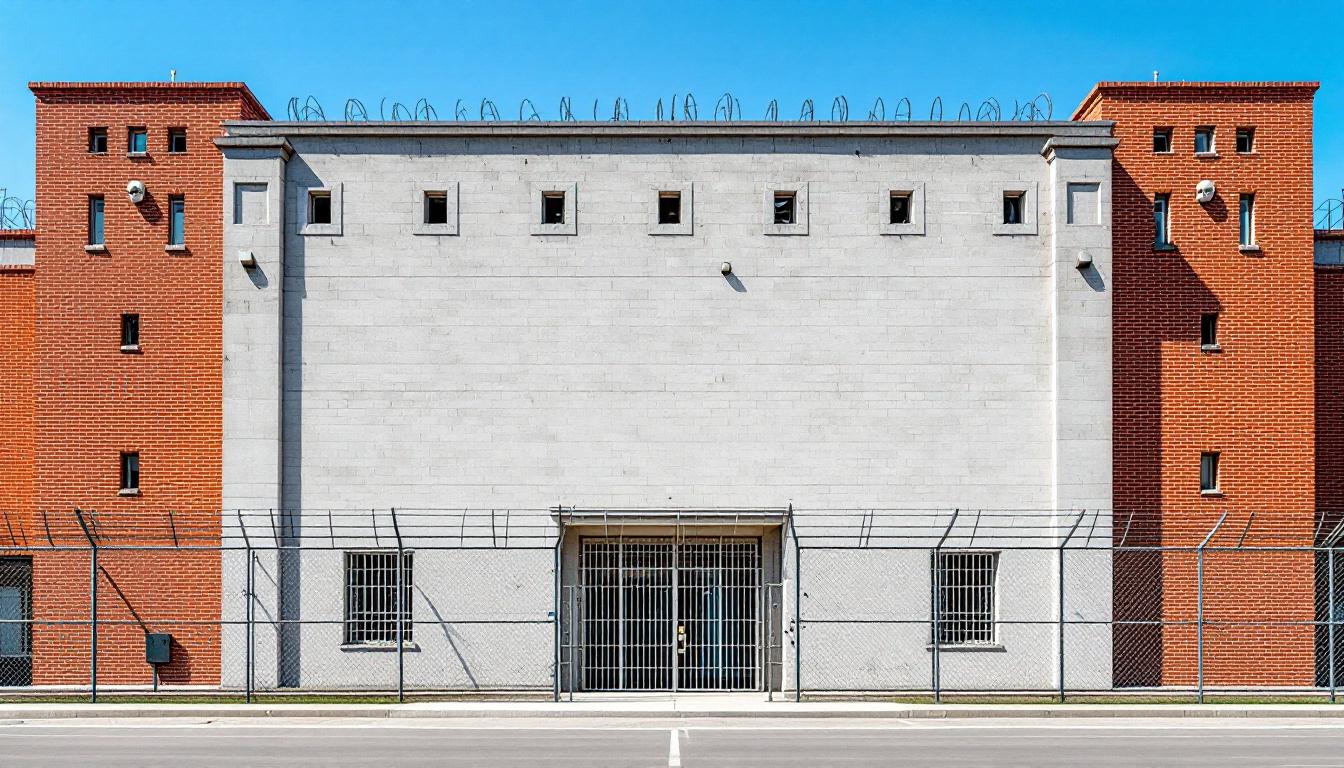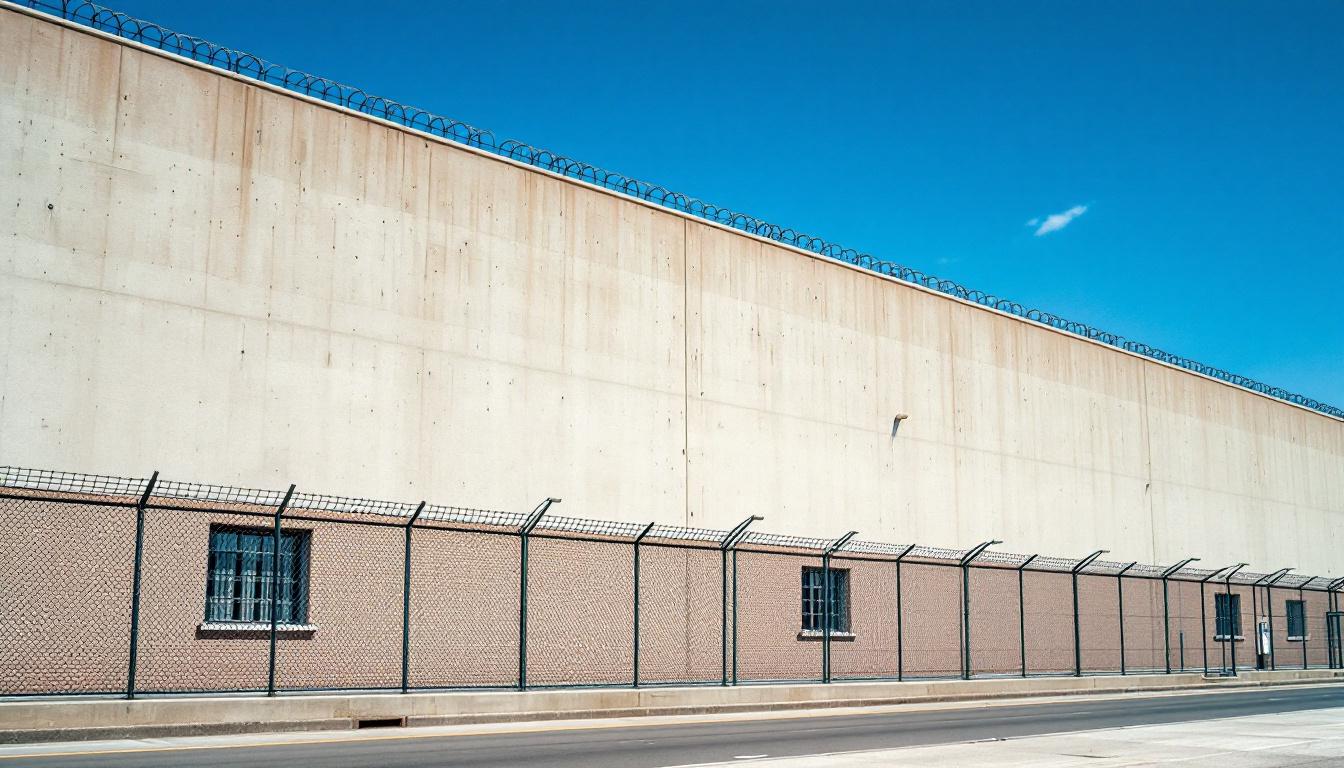
Quick Navigation
How to contact an inmate at Federal Correctional Institution - Safford
This comprehensive guide will walk you through how to connect with an inmate at Federal Correctional Institution - Safford. Follow the steps below to find an inmate and send letters and photos:
- Search for the inmate using our search tool below
- Create your account or log in to Penmate
- Write your message (up to 6,000 characters)
- Send instantly - inmates receive printed copies daily
Find an Inmate
Search for an inmate to start communicating today
Tip: You can search by first name, last name, or inmate ID number
To contact a person at Federal Correctional Institution - Safford start by searching for the person on the official facility website. Perform a search by following these steps:
- Step 1: Enter their first name and last name into the search form and click "Search"
- Step 2: Locate their inmate record
- Step 3: Write down their Inmate ID and any housing information provided
Important! Be sure to enter the person's full name. Nicknames should not be used.
How to Send Messages to Inmates

You can use your phone or computer to send emails, letters, and photos to an inmate. Messages are sent electronically to inmate tablets or kiosks at the facility. If you would like to send a message, start by searching for an inmate at Federal Correctional Institution - Safford.
Sending Photos and Postcards

A great way to send love and support to a loved one at Federal Correctional Institution - Safford is to send photos and postcards. It only takes a few minutes to send photos from your phone and it makes a huge difference. You can also mail postcards with words of support and inspiration, or design your own postcard for special moments like birthdays and holidays.
Important! Be sure not to send any explicit photos or they may not be approved by the facility. You can also use a photo printing app like Penmate to make sure your photos are printed at the correct size (4x6 or 3x5) and are mailed according to the rules and regulations of Federal Correctional Institution - Safford.
Frequently asked questions about Federal Correctional Institution - Safford
-
How long does it take to deliver a message?
If you're sending an email message your letter is usually delivered within 24-48 hours. For messages sent via mail you should expect delivery within 3-7 days. All messages will need be approved by Federal Correctional Institution - Safford.
-
How much does it cost to send a message to Federal Correctional Institution - Safford?
You can send a message free using your phone or mail a message via USPS for the price of a $0.60 stamp and envelope. You can also purchase credits or e-stamps from services starting at $1.99.
-
What services can I use to contact an inmate at Federal Correctional Institution - Safford?
Penmate
You can use Penmate to send letters and photos to an inmate from your phone. It's an easy way to stay in touch during your loved one's incarceration. Use the inmate locator to find an inmate's location and contact information, then you can send messages within a few minutes.
Securus messaging
Securus may be another option for communicating with an inmate at Federal Correctional Institution - Safford. You can create a friends and family account and purchase credits to send messages. All messages will be reviewed and must be approved by the facility.
JPay
Some county jails and state prisons may support sending messages with JPay. You must register an account with the system, find your loved one, and purchase stamps to send messages. For some locations you can also attach photos.
Smart Jail Mail
You may also check if Smart Jail Mail is available at Federal Correctional Institution - Safford. Smart Jail Mail is operated by Smart Communications and has contracted with some state and county jails. After purchasing credits, your messages and photos are sent to the facility, printed out, and then handed out to your loved one.
-
What is the mailing address of Federal Correctional Institution - Safford?
Mailing address:
Federal Correctional Institution - Safford
1529 AZ-366
Safford, AZ 85546
Phone: (928) 428-6600 -
What are the visiting hours at Federal Correctional Institution - Safford?
Visiting hours at Federal Correctional Institution - Safford vary by housing unit and security level. Generally, visits are scheduled on weekends and holidays, with some facilities offering weekday visits. Contact the facility directly at (928) 428-6600 or check their website for the current visiting schedule. Visits typically last 30-60 minutes and must be scheduled in advance.
-
What items are prohibited when sending mail to Federal Correctional Institution - Safford?
Prohibited items typically include: cash, personal checks, stamps, stickers, glitter, glue, tape, staples, paperclips, polaroid photos, musical or blank greeting cards, hardcover books, magazines with staples, and any items containing metal or electronics. Only send letters on plain white paper with blue or black ink. Photos must be printed on regular photo paper (no Polaroids). Always check with Federal Correctional Institution - Safford for their specific mail policies.
-
How do I send money to an inmate at Federal Correctional Institution - Safford?
You can send money to an inmate at Federal Correctional Institution - Safford through several methods: 1) Online using JPay, Access Corrections, or the facility's approved vendor, 2) Money orders mailed directly to the facility with the inmate's name and ID number, 3) Kiosks located in the facility lobby, or 4) Over the phone using a credit or debit card. Fees vary by method, typically ranging from $2.95 to $11.95 per transaction.
-
Can I schedule a video visit with an inmate at Federal Correctional Institution - Safford?
Many facilities now offer video visitation as an alternative to in-person visits. At Federal Correctional Institution - Safford, video visits may be available through services like Penmate, Securus Video Connect, GTL, or ICSolutions. Video visits typically cost $10-20 for 20-30 minutes and must be scheduled in advance. You'll need a computer or smartphone with a camera and reliable internet connection. Contact the facility for their specific video visitation policies and approved vendors.
-
What identification do I need to visit an inmate at Federal Correctional Institution - Safford?
All visitors must present valid government-issued photo identification such as a driver's license, state ID, passport, or military ID. Minors must be accompanied by a parent or legal guardian who can provide the minor's birth certificate. Some facilities require visitors to be on the inmate's approved visitation list, which may require a background check. Contact Federal Correctional Institution - Safford for specific ID requirements and visitor approval procedures.
-
How can I find out an inmate's release date?
To find an inmate's release date at Federal Correctional Institution - Safford, you can: 1) Use the online inmate search tool if available, 2) Call the facility's records department, 3) Contact the inmate's case manager or counselor, or 4) Have the inmate provide this information during a call or visit. For privacy reasons, some facilities only release this information to immediate family members.
Facility Overview
Contact Information
Federal Correctional Institution - Safford1529 AZ-366
Safford, AZ 85546
Phone: (928) 428-6600
Official Website

About Federal Correctional Institution - Safford
Federal correctional institutions serve as integral components of the nation’s justice system, housing individuals while providing structured pathways toward eventual community reintegration. Within Arizona’s expansive landscape, Safford FCI operates as a significant element of the regional corrections network, positioned strategically in the southeastern portion of the state where the Sonoran Desert meets the mountain region’s rugged terrain. The facility’s establishment reflects the federal system’s methodical approach to distributing correctional resources across geographic regions, ensuring that the population services extend effectively throughout areas where traditional state facilities may face capacity or jurisdictional limitations.
The systematic development of rehabilitation programming typically forms the cornerstone of operations at this AZ correctional facility, with processes designed to address the multifaceted needs of incarcerated individuals. Educational initiatives generally encompass basic literacy advancement through higher-level academic pursuits, while vocational training programs often focus on practical skills that align with regional employment opportunities. Mental health services and substance abuse treatment may be integrated into comprehensive case management approaches, recognizing that successful reintegration frequently depends on addressing underlying factors that contributed to criminal behavior. These interconnected programs work collectively to create structured pathways that support individuals as they prepare for their eventual return to communities throughout Arizona and beyond.
Community connections remain essential to the facility’s operational philosophy, with family visitation programs and correspondence systems serving as vital links between incarcerated individuals and their support networks. The correctional facility’s position within SAFFORD provides comprehensive advantages for families traveling from various parts of the Southwest, while also contributing to the local economy through employment opportunities and vendor relationships that strengthen regional partnerships throughout the broader corrections network.
Programs & Services
Through carefully structured programming initiatives, Safford FCI delivers comprehensive support services designed to address the diverse needs of the population during their period of incarceration. The facility’s approach emphasizes personal development and community reintegration through evidence-based interventions. These programs typically focus on building essential life skills while addressing underlying factors that may have contributed to criminal behavior, creating pathways for successful transition back into society.
Educational opportunities form a cornerstone of the facility’s programming structure, with basic literacy courses and GED preparation available to help participants achieve fundamental academic credentials. Additionally, construction trades training provides hands-on vocational skills that often translate directly into employment opportunities upon release. These educational and vocational programs may supply participants with industry-recognized certifications, enhancing their prospects for stable employment and reducing recidivism rates within the community.
Support services extend beyond traditional academic learning to include comprehensive substance abuse treatment programs that address addiction issues through therapeutic intervention. Work programs throughout the facility offer practical experience while contributing to institutional operations, and landscaping initiatives provide outdoor work opportunities that many participants find particularly rewarding. The facility also typically incorporates victim awareness and restorative justice components, helping the population understand the broader impact of their actions while developing empathy and accountability skills essential for successful reintegration into their families and communities.
Daily Life & Visitation
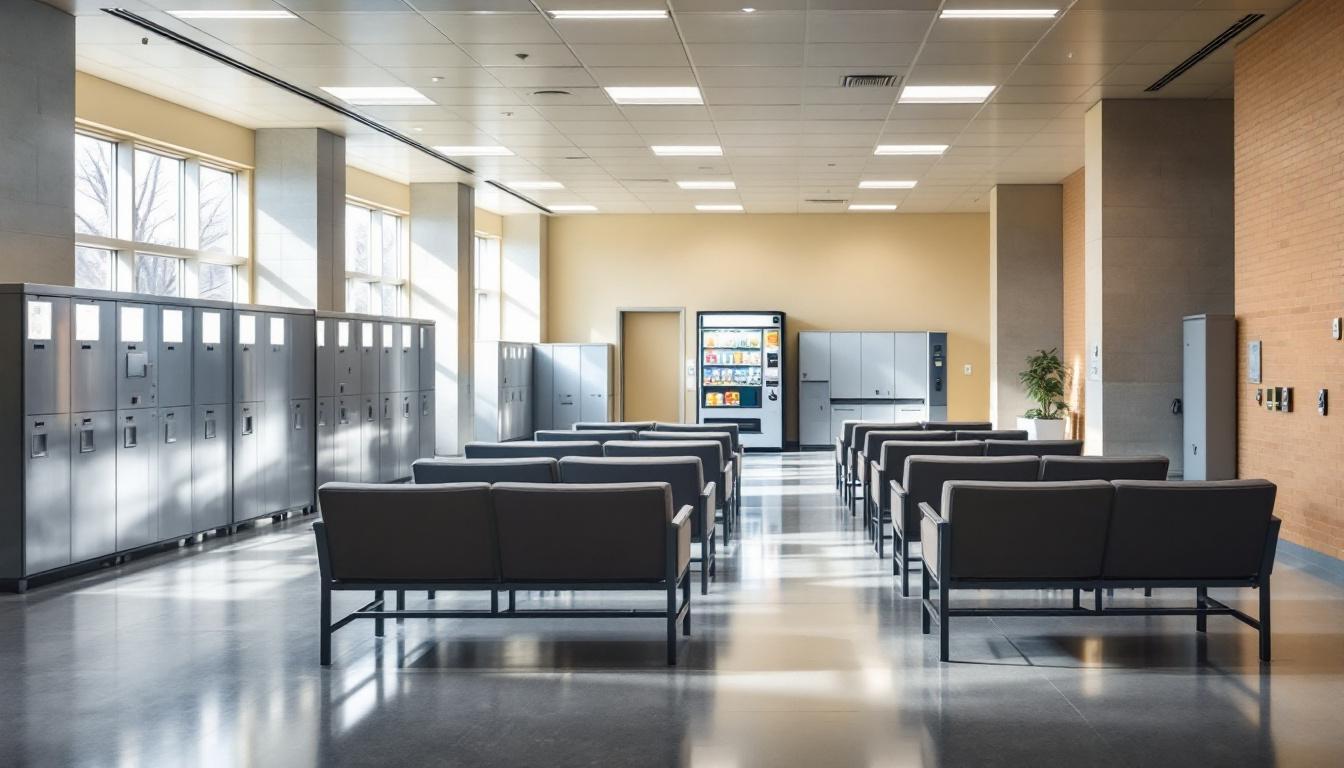
Structured schedules and established routines form the backbone of how the population navigates their time at the facility. Daily life currently operates within a framework of predictable activities that begins with early morning counts and continues to follow a systematic approach throughout each day. The population typically moves through scheduled meal times, work assignments, and recreational periods that supply both structure and purpose to their daily experience.
Housing arrangements generally consist of dormitory-style accommodations or individual cells, depending on security classification and available space. The population usually shares common areas within their housing units, where they may access television, reading materials, and basic recreational activities during designated hours. Additionally, personal property allowances typically include essential items and limited personal belongings, while commissary services provide access to supplemental food items and hygiene products on scheduled days.
Structured programming schedules often include educational opportunities, vocational training, and recreational activities that help the population maintain physical and mental well-being. Work assignments may range from food service and maintenance duties to laundry operations and groundskeeping, providing both routine and skill development. While maintaining security protocols, the facility generally offers visitation opportunities and communication options such as phone calls and correspondence that help the population maintain connections with family members and support systems in the community.
Ready to Connect?
Start communicating with your loved one today
Search for an Inmate
